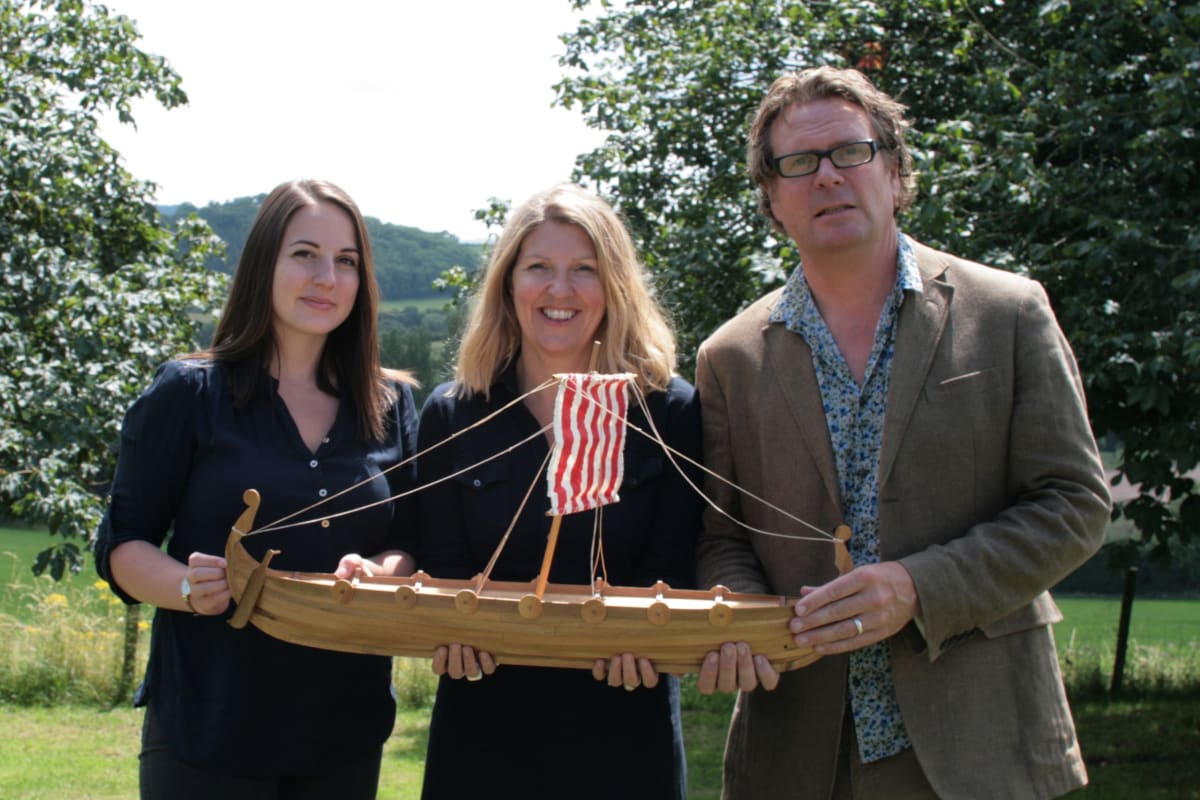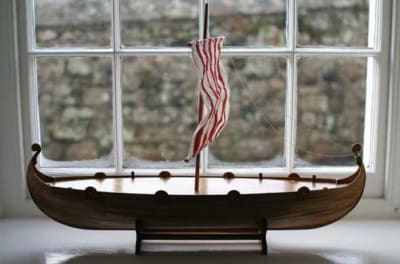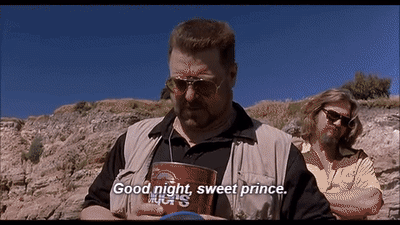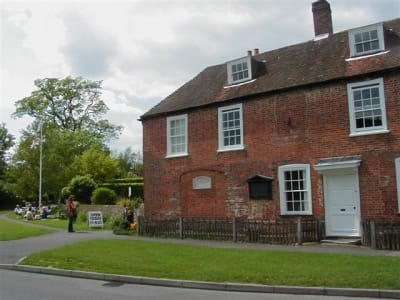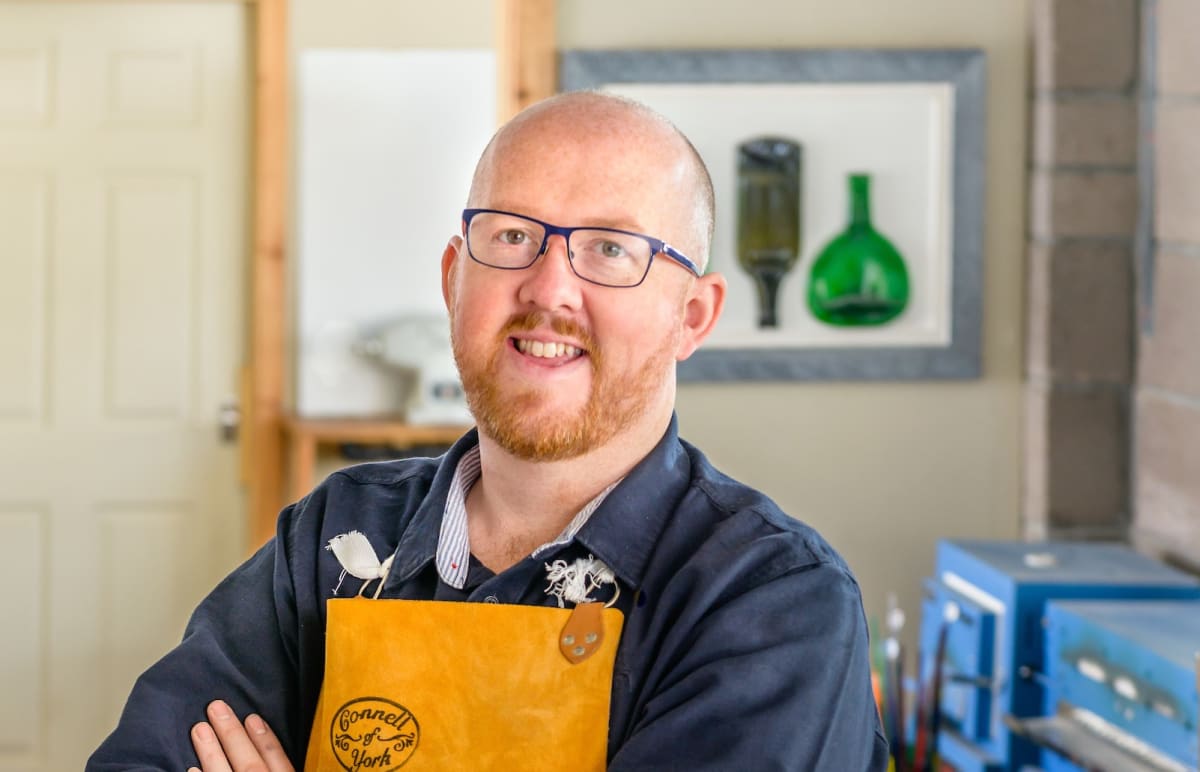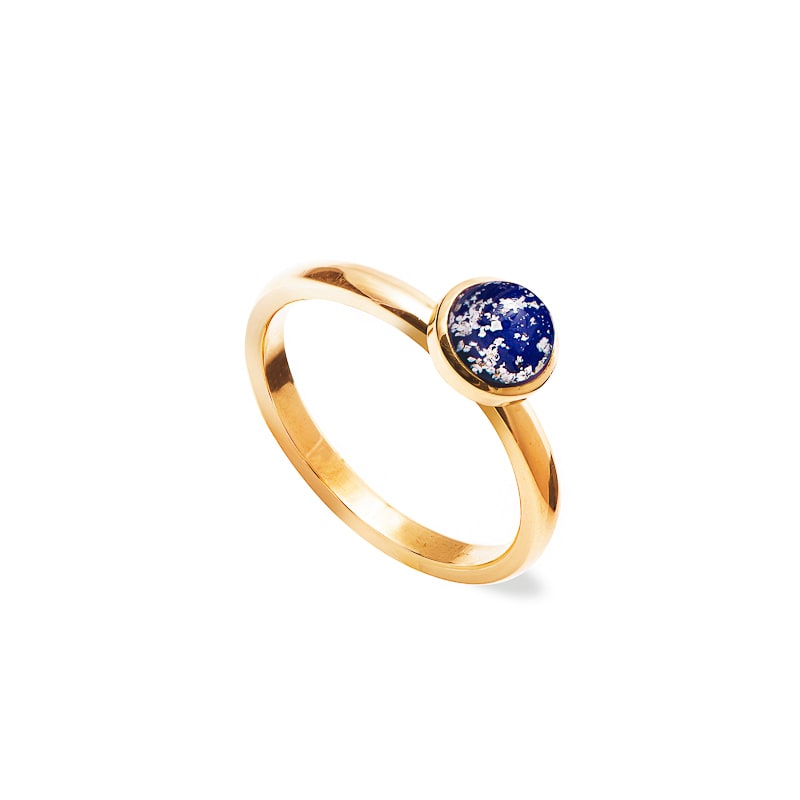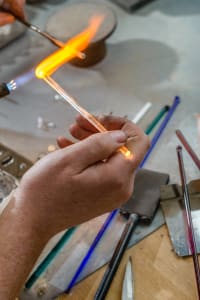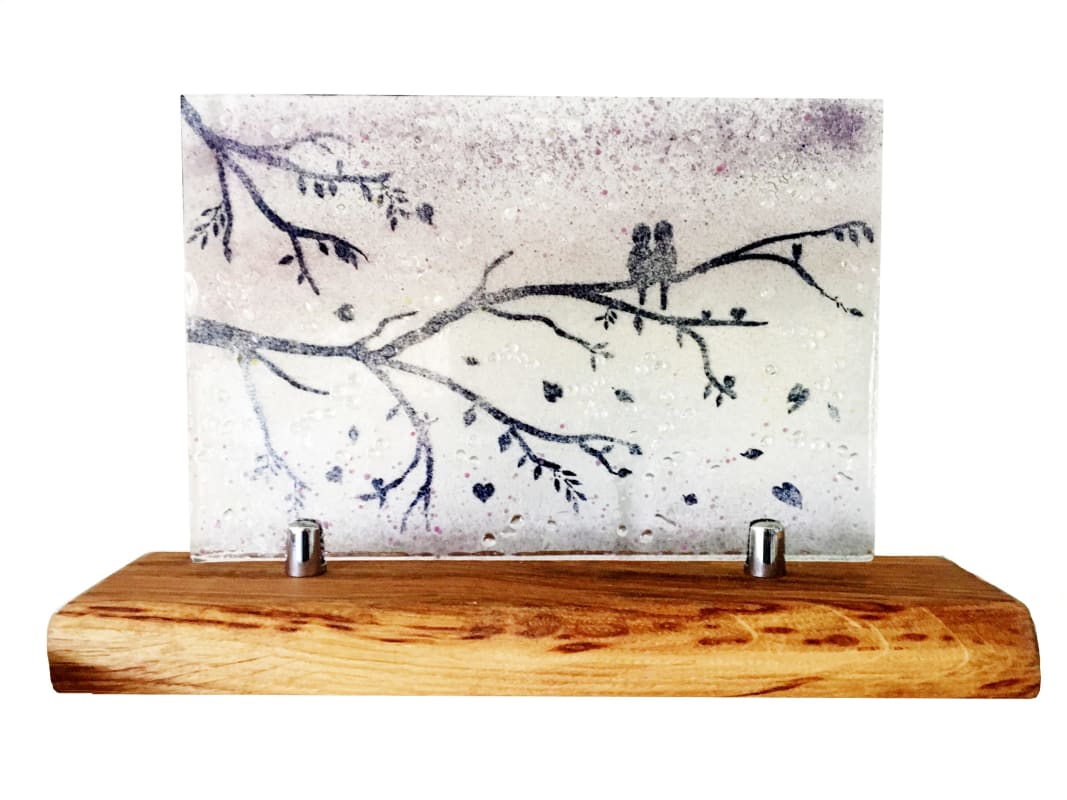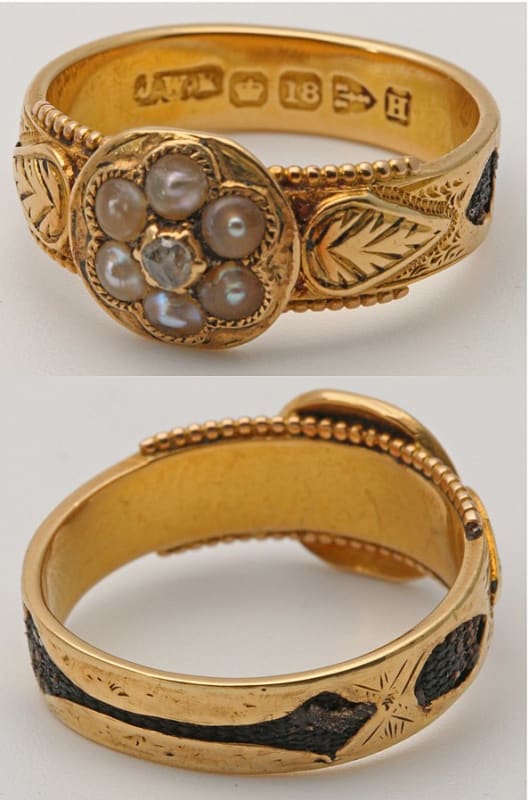
With a history dating back beyond the twentieth century, P. Loftus & Son is one of Manchester’s most venerable funeral directors. Since its inception as an independently-owned, family-run business, P. Loftus & Son has maintained intimate ties to many bereaved families within the local community of Chorlton and surrounding areas.
Wanting to know more about their story, we decided to catch up with fourth-generation funeral director, Chris Loftus.
Get accurate pricing information and contact P. Loftus & Son here.

P. Loftus & Son dates back all the way back to 1887: where did it all begin?
Well, it actually all began after the River Medlock in Manchester flooded! There’s a cemetery – Phillips Park Cemetery – which is now opposite Man City’s new football ground, and the river runs close by to it. My great-great-grandfather was a coffin maker for a firm of funeral directors at the time, and when the river flooded, the water disturbed the earth and the bodies in the graves rose up and were washed all along the river.
My grandfather volunteered to help with the removal of these bodies, and because many of them were Roman Catholic priests, they had to be re-interred in a Catholic cemetery after being collected. He stayed on to help with this part of the process as well, and got to thinking: ‘If I can move bodies from a river, I may as well give the whole business a go on my own!’
He opened up his shop, originally, in the Hulme area, Moss Side, which is a massive conurbation of houses, and the business remained there until the mid sixties until the regeneration of Manchester began. During the initial phase of the slum clearances, his shop location kept getting moved on from one place to another due to council compulsory purchases, so this caused him to eventually shut the business, meaning that, for a year or two thereafter, there was actually no existing P. Loftus & Son!
My dad had worked alongside my grandfather in his younger years before the closure, so after he came back from his national service, he decided to re-open the business around ‘67 or ‘68; it’s thanks to his incredibly hard work that the business is actually now thriving.
He was very well known in the area – having grown up there – so even when certain families in council housing moved out to other areas of Manchester, they still came back to my dad because they remember the family name and the great service.
Why do you think it is that bereaved families respond so well to family-run funeral directors, such as P. Loftus & Son?
No disrespect to the big companies, they have some very good people working for them – they are very well organised – but the problem they have is that they are so big, they can sometimes struggle to keep time with the family.
At P. Loftus, we always try to keep continuity with the family, so when the team pick up the phone to the family, that person is with them throughout the process. With the bigger guys, especially out of hours, families will get through to call centres most of the time, whereas with us, if a family were to call day or night, they’d come straight through to my mobile phone!
I’ve been in business myself now for 30 years, and I think it’s that personal touch we provide that families respond so well to. Every funeral is different: you get some families that want quite quirky services, while others are more traditional in their outlook – it just all depends on what the family wants. Our main aim is to ensure the family is well looked after, because that’s what we care about most.
At P. Loftus & Son, you offer a wide range of services, from eco-friendly funerals to direct cremations: Do you think that today’s families are less interested in traditional services than they once were?
Not necessarily, no. I think the range of options that are available to families means that you’ll inevitably see a rise in customised funerals. You only have to pop on your mobile phone to see what’s out there: families can choose from horse-drawn carriages to white or colourful limousines. Families go online, they have a look around, and they think, ‘Let’s do something different’.
Nowadays people can have pretty much whatever they want – within reason, of course! At P. Loftus, we’ll accommodate anybody to the best of our ability, and that’s why – I like to think – families come back to us years down the line. They remember you for what you did for their Mum or Dad, and that’s always a nice feeling for us. The circumstance of each family can vary massively – as I’m sure you can imagine – but we always try our hardest to help anyone out.
We know from our feedback that your service is exceptional. Looking ahead, what’s the plan for P. Loftus & Son? Are your children involved in the business at all?
Well, I’ve got two sons. One of them is at university, but my youngest lad is still at school, so there’s nothing certain yet, but hopefully one day, maybe, I’d love to see them take over the business. My eldest son actually seems quite inclined towards coming aboard, whereas when I was his age, I didn’t imagine I’d ever join the family business.
I’d had several jobs as a younger man before my Dad encouraged me to come and help out as a temporary pallbearer for a bit, and since I got my foot in the door, I’ve never looked back!
Thanks ever so much for taking the time to speak with us, Chris.


